Basic or high-end, tunnel or dome, 2 seasons or 3 seasons, today the market is flooded by multiple types of backpacking tents. Choosing a model of good quality with the right comfort/weight/performance ratio for your needs can be a daunting task. Read our guide to help you find THE tent that will become your trusted adventure companion.

Essential points
- Choose between a dome or a tunnel design depending on terrain, weight, and intended use.
- Tunnel tents are lightweight, wind-stable but not freestanding.
- Dome tents are freestanding and versatile on all types of ground.
- Opt for a compact and lightweight tent for trekking or backpacking.
- Do not exceed 1.5 kg per person for comfortable carrying.
- A good level of waterproofing starts at 1200 mm of hydrostatic head.
- Liveability affects comfort, especially for two occupants.
- Choose a 2-, 3-, or 4-season tent depending on expected weather conditions.
- Freestanding dome tents are convenient but generally more expensive.
- The flysheet reduces condensation and provides a vestibule for gear storage.
What are the various types of tents?
At Glisshop, we classify hiking tents in two categories: dome tents and tunnel tents. To stargaze from your backyard or marvel at the midnight sun from Norwegian mountains, each of them can be adapted to the situation depending on the terrain on which you will be. During your buying process, it is important to evaluate your priorities, in order to make the choice that will best meet the needs of how you personally see backpacking.
Tunnel tents
Like their name suggests, these tents have a tunnel shape. Long and low, forget about standing up in the room area. However, this design provides great wind resistance and tunnel tents remain spacious nonetheless. They have the advantage of generally offering a nice front apsis to store your equipment and keep it sheltered from the elements and moisture. However, these tents require soft ground. As they are not free standing, they depend on the guy ropes and pegs to stay in place. Because they are light and compact, they are often the choice of adventurers looking for performance.
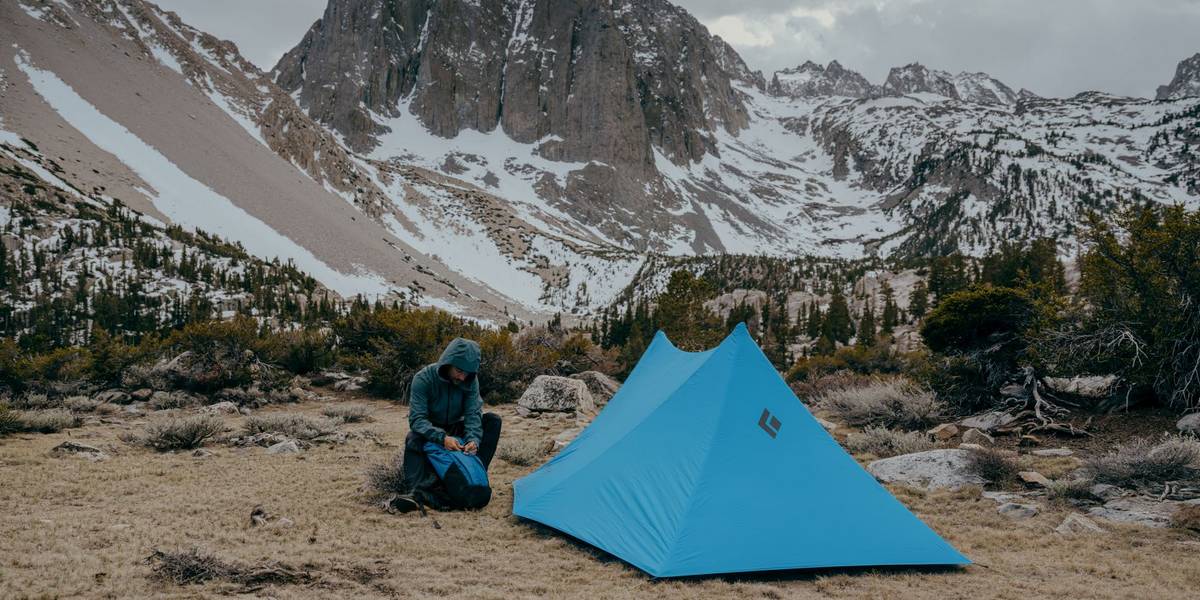
Dome tents (or igloo)
These tents are the most commonly seen in specialised stores. With their rounded shape, dome tents can be freestanding, as opposed to tunnel tents. As a consequence, they can adapt to any type of terrain. From the basic camping tent to the expedition tent, they can be found in all categories! More recently, the number of poles has increased on some igloo tents, as they are also called. This innovation improves their livability.
Comparison: Tunnel Tents vs Dome (or Igloo) Tents
| Criteria | Tunnel Tent | Dome (or Igloo) Tent |
|---|---|---|
| Shape | Elongated, low profile (tunnel-shaped) | Rounded |
| Freestanding | Not freestanding (requires pegs and guy lines) | Freestanding (stands without ground attachment) |
| Wind Resistance | Excellent | Good, if properly guyed |
| Liveability | Spacious but with limited headroom | Good internal space |
| Weight & Pack Size | Light and compact | Varies by model |
| Recommended Use | Open and flat terrain | Versatile use, all types of terrain |
| Gear Storage | Often includes a large vestibule | Varies by model |
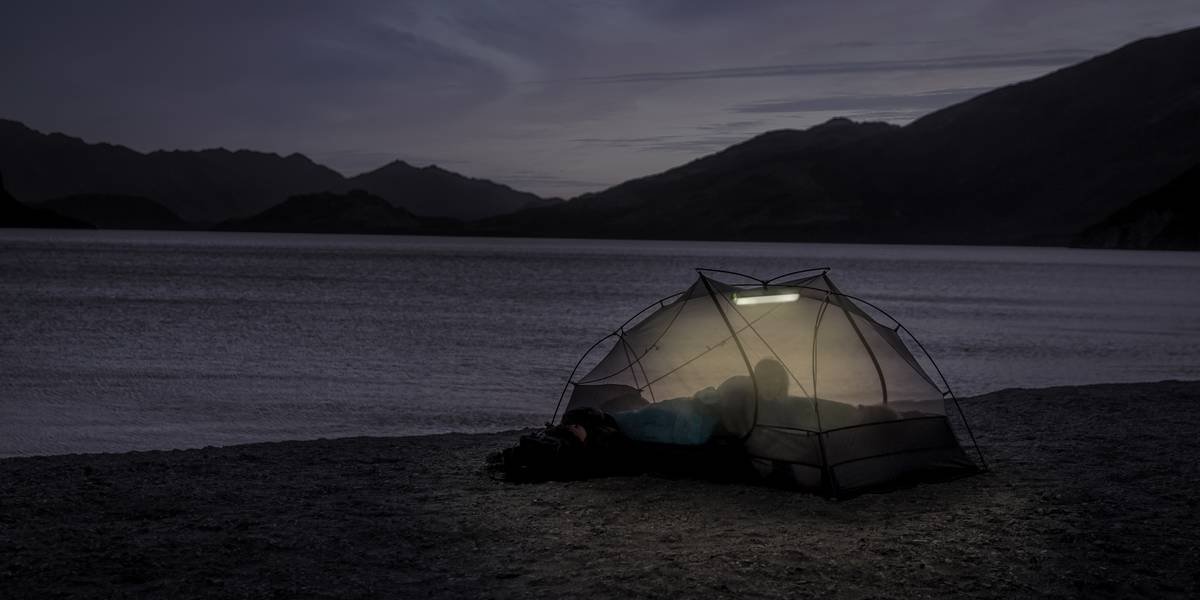
The criteria to choose the right tent
Dimensions
While it goes without saying that you need to be able to lie down inside the tent when it’s installed, you should carefully consider its dimensions when packed in its stuff sack. Campers won’t be too preoccupied by the issue when choosing a camping tent, but it’s a serious question for hikers, backpackers or alpinists looking to save space in their backpacks. You will find all kinds of tents on the market, and high-end ultra-compact tents rely on the latest fabric technologies, but this comes at a price.
The right weight to not be a burden
Weight is a critical element for hikers and backpackers. On a multi-day adventure that can be quite long, the weight of a heavy hiking backpack can be a trying experience.
Saving a few dozen or hundred grams on your tent is always a good thing, to fully enjoy your experience in wilderness. Of course, the lighter the tent is, the more expensive it is. But one thing is for sure, choosing lightness and walking comfort is always a good idea.
To give you a ballpark, we recommend to not go over 1.5 kilogram per person.
Waterproofness
The degree of waterproofness of tent fabric is measured with a water column test or Schmerber scale. The fabric is placed under a water column to find when it starts leaking water. The higher the water column, the more waterproof the fabric is. A tent is considered waterproof from 1200 mm, which is standard for 2 or 3 season tents.
Here are a few numbers to judge the waterproofness of a tent and stay dry and sheltered from humidity:
3000 mm: the tent can protect you from a sustained moderate rainfall.
5000 mm: the tent can keep you dry under a more intense sustained rainfall.
10.000 mm: storms won’t be an issue. A Schmerber rating of 10.000 will be perfectly adapted to the most challenging high-altitude expeditions. Keeping you sheltered from rain and very strong humidity, in any circumstance.
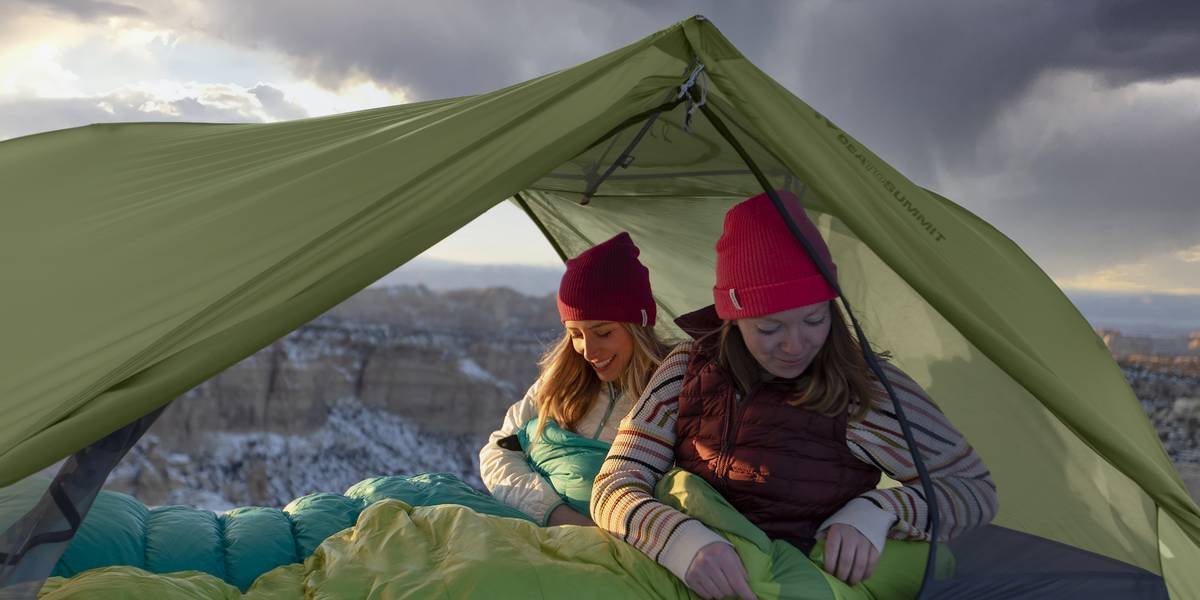
Livability
The livability is also a very important element to consider when buying a hiking tent. While some may prefer comfort, for others, the lightness will prevail over the tent’s interior space. In any case, after a long day of hiking, it is essential to feel good in your tent, no matter how roomy its interior space is. The type of tent and its shape, tunnel or dome, have an impact on the volume of its room area. For an adventure for two, go for at least a 2-person trekking tent – squeezing into a model designed for one person is far from ideal.
Seasonality
The seasonality of a tent corresponds to its ability to be used at a certain time of the year. There are multiple tent categories:
- 2 seasons: these tents are designed for summer use, primarily in dry conditions. They can follow you on backpacking trips from late spring to early autumn. However, they will have difficulties withstanding harsher conditions.
- 3 seasons: 3 season tents are ideal for most backpackers. Durable and able to withstand bad weather, you can use them 8 months of the year, but you will need something else when winter comes.
- 4 seasons: these very resilient tents will follow you year-round, as well as on the most challenging high-altitude expeditions. They will shelter you from moisture, heavy rainfalls and will protect you from strong winds.
Important: please keep in mind that no matter the seasonality, a tent doesn’t keep you warm. A 4 season tent will simply resist harsh weather better that a 2 or 3 season model.
Freestanding vs non-freestanding
Freestanding Dome Tents
Freestanding tents are designed to stand upright without the need for guy lines or pegs once pitched. However, for improved wind resistance, it is still recommended to secure them to the ground using pegs.
| Advantages | Disadvantages |
|---|---|
| Easy to move without having to dismantle the whole tent | Often quite expensive |
| Can be used on all types of ground without needing to drive in pegs | Assembly starts with the inner mesh, which is inconvenient in rainy weather |
| Quick to pitch |
Tunnel Tents
Non-freestanding tents require pegs and guy lines to properly tension the poles and hold their structure. Contrary to popular belief, fixed-frame tent models, when correctly pitched, offer excellent wind resistance.
| Advantages | Disadvantages |
|---|---|
| Good wind resistance | Not suitable for very hard ground |
| Often more robust and durable | Harder to pitch than freestanding tents |
| More affordable |

Vestibules
The vestibule or apsis is the storage space located outside the living area, often in front or on the side of the tent. It constitutes an important feature as it offers additional room for your equipment at the end of the day. You can store your pack and smelly boots and keep with you only what you need for the night. The apsis allows to make the best of your sleeping area, keeps you away from the smell of wet socks and protects your gear from the weather.
Single or double wall?
This is one of the great dilemmas which can be hard to solve. Each system has its partisans. Here are a few elements to know on this raging debate.
A single wall tent has the advantage of being quick and easy to set up. It is also lighter than a double wall tent. However, to make single wall tents widely available, manufacturers use fabric that is robust, but less breathable. This makes thems prone to condensation. In addition, this type of tent doesn’t allow to create an apsis. You will have to keep your equipment with you in the room.
On the other hand, a double wall tent is not as quick to install and often heavier. However, this system provides unnoticeable but critical air flow to reduce condensation. Thanks to the apsis, you will be able to store your equipment outside the living area while keeping it sheltered.
Which colour to choose?
This may seem like a secondary issue (and it is, that’s true), but beyond the aesthetics, in some cases, the colour can play an important role. In summer, a dark tent will offer more shade but will have a tendency to retain heat and be uncomfortable on hot days.
Lighter shade tents are often preferred for expeditions to enjoy more light in the living area if poor weather conditions keep you inside during the day. However, they won’t allow you to sleep late in the morning!
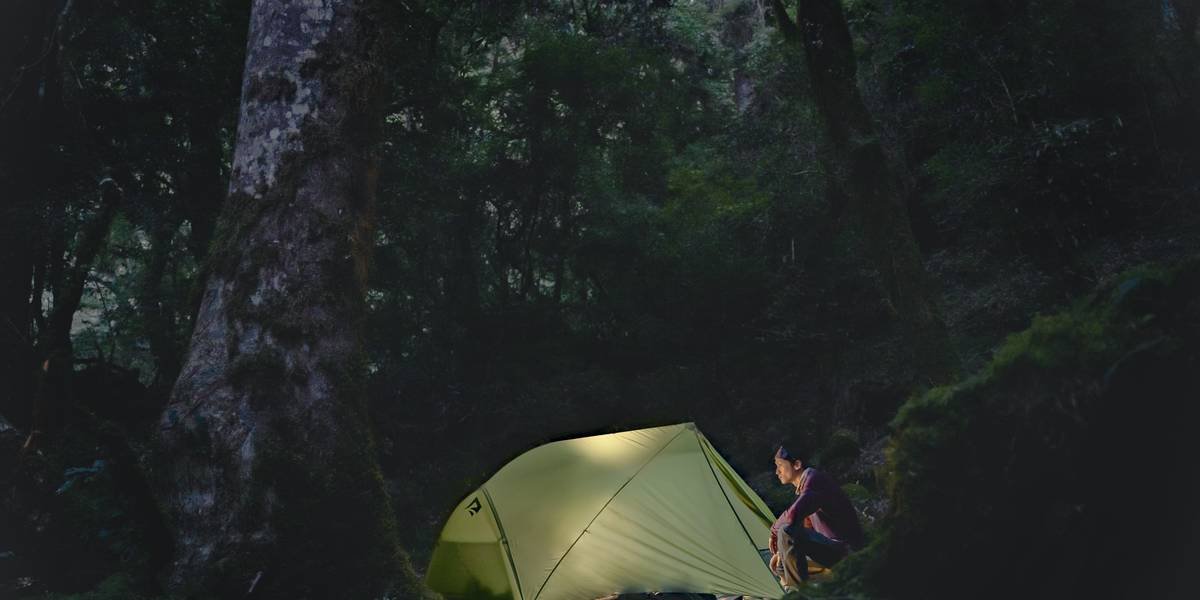
Choosing your tent according to your needs
Hiking and Backpacking tents
Are you planning a multi-day hike and wish to sleep each night at a different backpacking spot?
If you go on this type of adventures only occasionaly and they are limited to a night in good weather conditions, a 2 season tent will be enough to keep you sheltered. A single wall model will be lighter, even if the weight is less of an issue than for longer adventures. A dome will be more comfortable to enjoy your UNO games in the evenings! A non-freestanding tent will withstand the elements and won’t break the bank.
If you’re looking to experience these adventures beyond summer time, and are ready to camp under the rain, you’ll need a waterproof and durable 3 season tent. In addition, a double wall system can prove useful to guarantee good ventilation and prevent you from waking up soaked.
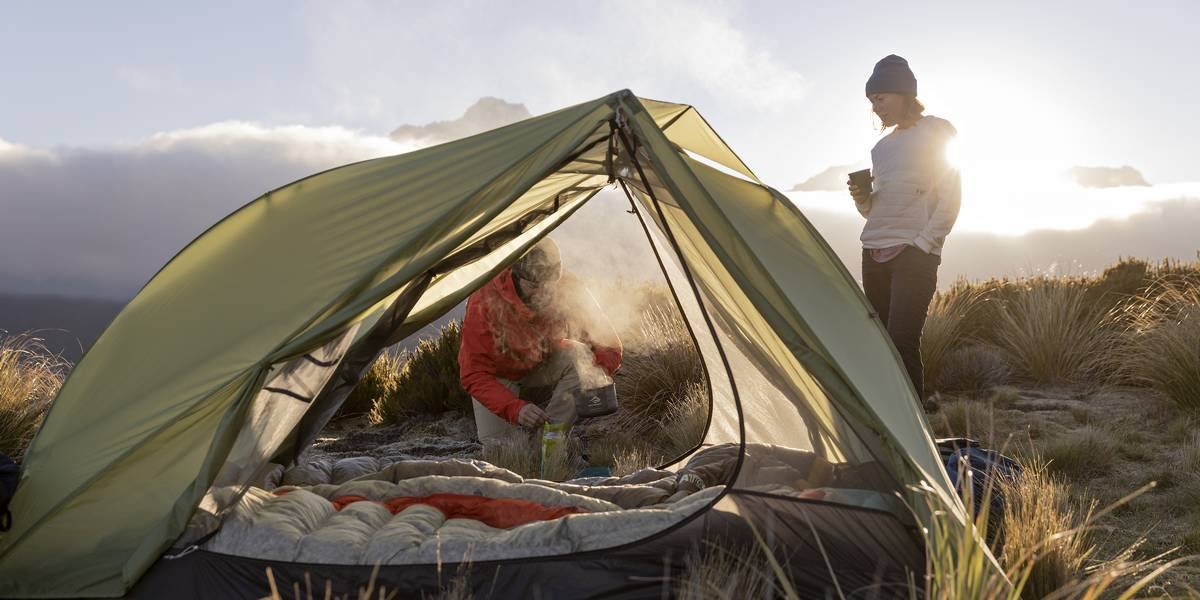
High-end trekking and mountaineering tents
Long distance backpaking enthusiasts should have a look at ultra-light and compact tents, in the quest to optimise the space in their backpacks and their walking comfort. A 3 season double wall tent is critical to make up for poor weather and provide good moisture protection. On a trek, you never know where your will set up camp at night. Even if weight is a very important element for you, a freestanding tent is mandatory to be able to install it on any type of terrain.
The best mountain brands are at Glisshop
You will find on our online shop backpacking tents from the best outdoor brands, but also related accessories such as repair kits and footprints. One thing is sure, the hiking equipment you need is available at Glisshop.
